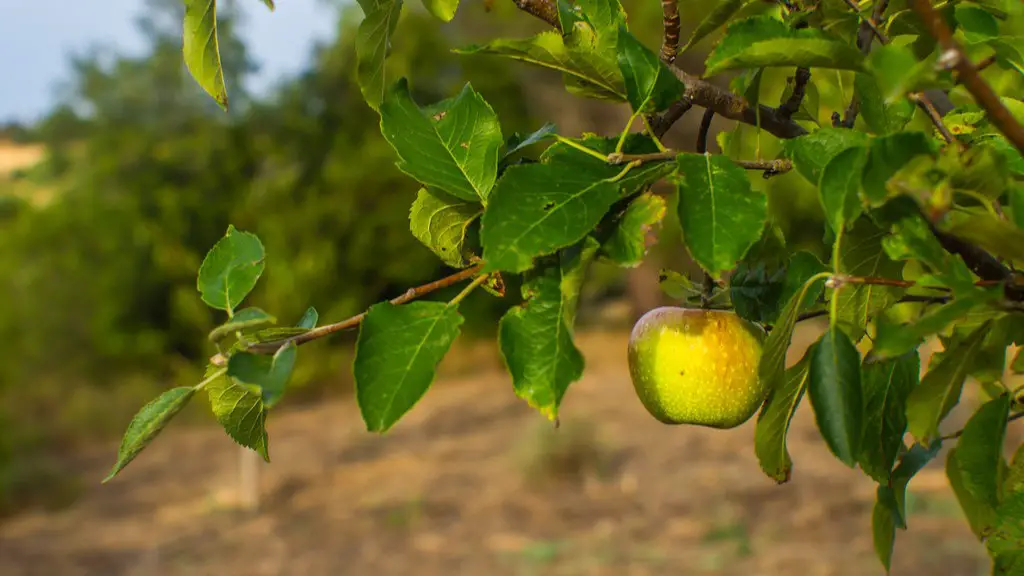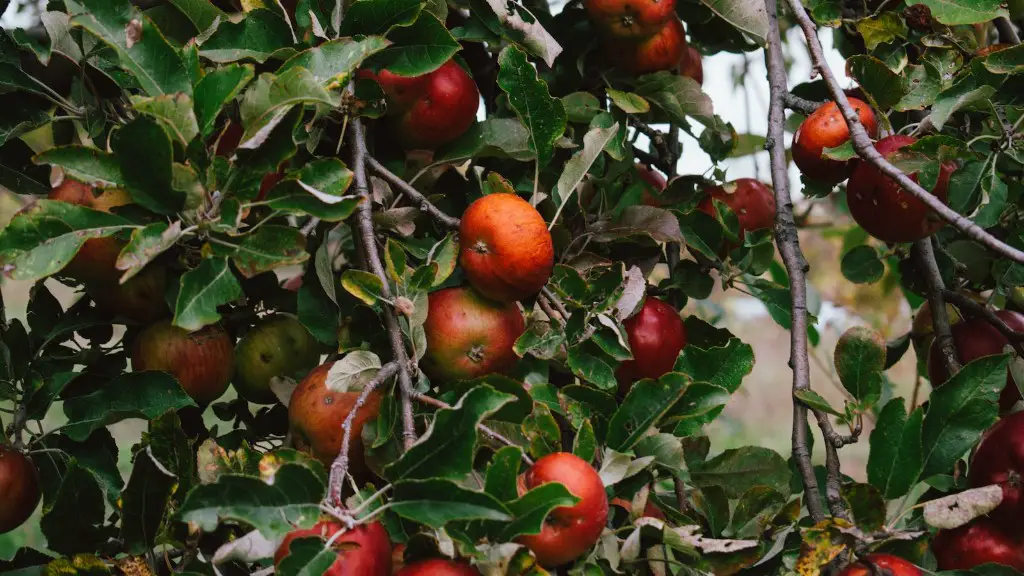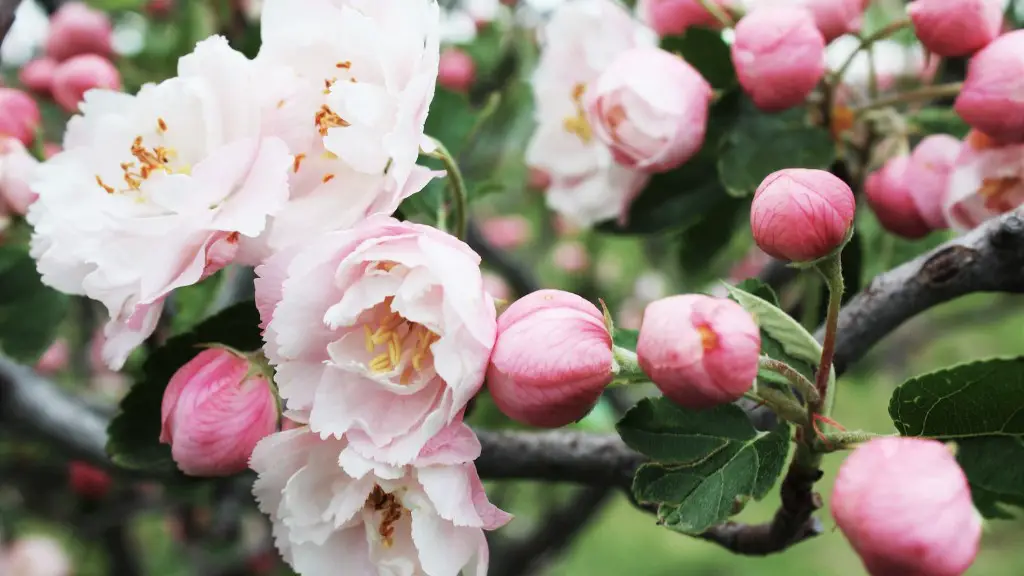Cloning apple trees is relatively easy and can be done with just a few basic supplies. The most important thing to remember when cloning apple trees is to choose a healthy donor tree that is free of diseases or pests. Once you have selected a donor tree, you will need to collect a few branches from the tree. These branches will be used to create your clone apple trees.
To create your clone apple trees, you will need to take a cutting from each of the selected branches. Each cutting should be about 6-8 inches long. Once you have taken the cuttings, you will need to plant them in a pot or container that has been filled with potting soil. Be sure to keep the cuttings moist by watering them regularly. In a few weeks, you should see new growth on your clone apple trees.
There are a few ways to clone an apple tree. One way is to take a cutting from the desired apple tree and place it in rooting hormone. Once the cutting has rooted, it can be transplanted into soil. Another way to clone an apple tree is to graft a piece of the desired tree onto another apple tree.
Can you start apple trees from cuttings?
Propagating by cuttings can be one of the fastest ways of starting a new fruit bush. For example, apple varieties can root in a month and the cuttings could already resemble small trees. However, some fruit tree cuttings need to then be grafted onto a rootstock, something we won’t be covering here.
To take a cutting from a branch, you will need sharp pruning shears. Cut a portion of the branch that is 6-15 inches (15-38 cm) from the tip of the branch. Store the cutting, cut end down, in moist sawdust or vermiculite for 3-4 weeks in a cool basement, cellar, or refrigerator. At the end of this chilling period, a callus will have formed over the cut end.
How do you clone a fruit tree
The cutting method is the more traditional way of cloning fruit trees which involves taking a cutting of new growth, dipping it in root growth hormone, and placing it in a growing medium until it roots This method can be hit-or-miss with fruit trees and really depends on the individual tree type and season.
Grafting is a common method of propagation for apple trees. It involves taking a base plant (rootstock) and attaching your desired plant (scion) to the top so that the roots are one plant and the top (where the fruit is produced) is a genetically different plant.
Grafting is a beneficial method of propagation because it allows you to control the size and shape of the apple tree, as well as the type of apple that is produced. When grafting, it is important to choose a rootstock that is compatible with the scion, as well as to make sure that the grafting process is done correctly in order for the apple tree to thrive.
Can you cut a branch off an apple tree and plant it?
If you want to try to root an apple tree from a hardwood cutting, it is best to do it in the late fall or early winter. This is because the tree is dormant and the cutting will have a better chance of taking root. However, the success rate is still low and it may take up to six months for the cutting to root.
If you are looking to plant new trees from branches, it is important to get the cuttings to root. This can be done by trimming the trees every few years to create new growth. When you have the cuttings, you can plant them in the ground and water them regularly. With proper care, the cuttings will eventually take root and grow into new trees.
When should I take cuttings?
For softwood cuttings, the best time to take them is from mid-spring to early summer. Hardwood cuttings are taken later in the year, from mid-autumn to mid-winter.
If you mean you want to put the stem in water or soil and have it form roots so that you can plant it, the answer is no. However, it is possible to graft that stem, or buds from that stem onto another apple tree to have a tree that produces, or at least one branch, that produces the same fruit as your friend’s tree.
How long does it take for fruit tree cuttings to root
Roots will typically begin to form at about a month after taking semi-hardwood cuttings. These cuttings can be harvested in early summer, when the new growth is beginning to harden. The bark will start to take over the green color at this time. The cuttings should still be a little pliable, but they will also dry out quickly.
So in the winter After the leaves fall the trees go dormant That’s when you want to do your pruning.
How do you clone a tree when its already grown?
To successfully clone a tree, you will need to take a cutting from the desired tree and then plant the stem in a potting medium. It is important to use a well-draining, sterile potting medium to prevent the tree from getting too much moisture and to avoid any disease. Once the potting medium is in the pot, you can then select the cutting type. For most trees, you will want to take a cutting that is about 6 inches long. Once you have the cutting, you will need to add a rooting hormone to encourage root growth. Finally, plant the cutting in the potting medium and then water it well. Once the tree has rooted, you can then transplant it to its desired location.
M25 is the most vigorous apple rootstock. It produces a “standard” apple tree of up to 6m height after 10 years or so in good conditions, and is the best choice for old-fashioned traditional orchards, as well as locations with poor soils.
Are most apple trees clones
Asexual propagation of clones is a process by which new plants are generated from a single parent plant. This process can occur naturally, as in the case of some apple varieties, or it can be induced artificially. Asexual propagation results in plants that are genetically identical to the parent plant, and therefore it is often used to ensure that certain traits are retained in the offspring. Many fruits and vegetables are produced using asexual propagation, as it is a relatively simple and efficient method of plant propagation.
Bark grafting is one of the simplest ways to graft an apple tree. In this method, you simply peel away some of the bark from the rootstock and insert the scion between the bark and the inner wood. Then, lash the rootstock and scion together to secure them.
Why do we clone apples?
While the Granny Smith apple is enjoyed for its specific characteristics, it is important to remember that these characteristics are only present because the apple is a clone. In order to ensure that the specific characteristics of the Granny Smith apple are maintained, cuttings are grafted onto branches to provide exact duplicates of the mother plant. While this may not be the most natural way to produce these apples, it is necessary in order to guarantee that the Granny Smith apple will taste the same every time you eat one.
Pruning your fruit tree every year is essential to keeping it healthy and productive. If you don’t prune, your tree will be more susceptible to disease and will produce lower quality fruit.
Warp Up
To clone an apple tree, you will need to take a cutting from the desired tree and root it in a growing medium. Once the cutting has rooted and begun to grow, it can be transplanted to its desired location.
To clone an apple tree, you will need to take a cutting from the desired tree and grow it in a rooting medium. Once the cutting has rooted, you can then transplant it to its desired location.





